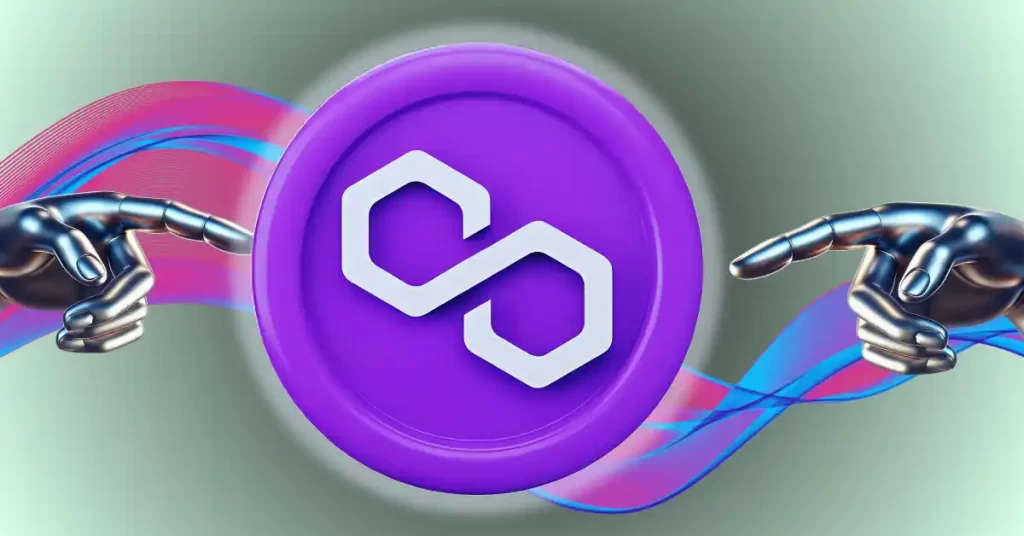Gate, a global leading cryptocurrency trading platform, has officially adopted the new international domain Gate.com and unveiled a redesigned brand logo, marking a significant milestone in the platform’s evolution. This strategic move aims to unify brand identity, strengthen global presence, and enhance user trust, heralding a new chapter in Gate’s development.
The upgrade follows Gate’s 12th anniversary celebrations and aligns closely with the platform’s newly articulated vision, unveiled at its global event in Dubai, to become the “next-generation crypto exchange”. It signifies a transformative leap from industry leadership to innovation leadership, and from technical excellence to global strategic expansion.
Previously, Gate also adopted a new Chinese name “Damen” ( 大门, meaning “The Gate”), symbolizing an open gateway to the future of crypto for users worldwide. The unified refresh of domain and logo reflects the platform’s commitment to inclusivity and signals the beginning of a new chapter in building a trusted, globally connected crypto ecosystem.
Brand Refresh: From Visual Upgrade to Strategic Evolution
As a pioneer in the crypto industry, Gate has focused on building a secure, compliant, and innovative digital asset trading ecosystem since its founding in 2013. Today, the platform serves over 23 million users worldwide, supports trading in over 3,800 cryptocurrencies across spot, futures, leverage, and financial products, ranking Top 3 globally by comprehensive strength.
It was also among the first exchanges to implement zero-knowledge proof (ZKP) technology to verify reserve transparency, ensuring 100% verifiability of platform assets. According to its latest proof-of-reserves report, Gate’s total reserves exceed $10.865 billion, with a reserve ratio of 128.57%.
This brand overhaul not only elevates Gate’s visual identity but also marks a critical step in its global outreach strategy. The new domain Gate.com is concise, highly recognizable, and globally intuitive, enhancing user perception of the platform’s professionalism and credibility.
The newly designed logo adopts a modern, minimalist aesthetic that encapsulates Gate’s core principles of “trust as the foundation”, “technological innovation”, and “continuous evolution”, representing a comprehensive upgrade in technology, ecosystem, and compliance.
In addition, Gate Group’s global platform Gate, along with all its locally licensed entities, Gate Japan, Gate Dubai, and Gate Europe, will adopt the unified brand name “Gate”. The brand upgrade presents a cohesive global identity and further strengthens Gate’s professional image and international influence as a leading global exchange.
Strategic Leap: Building the “Next-Generation Crypto Exchange”
Beneath the surface of this brand transformation lies a bolder strategic ambition. On April 30, at Gate’s 12th Anniversary Global Celebration in Dubai, Founder and CEO Dr. Han introduced the vision to build the “next-generation crypto exchange”. This strategy emphasizes transformative growth across three core pillars:
- Technology-Driven Innovation: Continuously upgrading the trading experience through iterative product development and breakthroughs in underlying technologies.
- Global Compliance: Establishing a robust global compliance network backed by licenses and regulatory approvals in multiple jurisdictions, strengthening industry credibility.
- Ecosystem Integration: Expanding from trading to encompass Web3, infrastructure, and investment services, building a closed-loop digital economy.
Gate’s mission is to continuously enhance its offerings with a professional, secure, and open approach, aiming to become a foundational infrastructure for the global digital economy and to provide future-ready, trustworthy digital asset services to users worldwide.
Global Compliance Footprint: Expanding with Purpose
Gate Group places strong emphasis on a “compliance-first” strategy, steadily advancing its global regulatory presence. In recent years, its various entities have obtained or completed regulatory registrations, licences, authorizations, or approvals across various jurisdictions, such as Lithuania, Argentina, Malta, Italy, Bahamas, Gibraltar, and Hong Kong.
In 2024, Gate Group’s entity completed the acquisition of Japan-licensed exchange Coin Master, further consolidating its compliance footprint in the Asia-Pacific region. Most recently, Gate Technology FZE (“Gate Dubai”), an entity of Gate Group, recently received a full operational license from Virtual Asset Regulatory Authority (VARA) in Dubai. The license authorizes Gate Dubai to offer crypto asset trading services to institutional investors, qualified investors, and retail users, marking a major milestone in its expansion into the MENA region and global markets.
It is a testament to its long-standing commitment to security, transparency, and user protection.
With parallel advancements in technology innovation, user experience, ecosystem expansion, and global compliance, Gate is evolving from a top-tier trading platform into a trusted global digital finance ecosystem. The launch of the Gate.com domain and refreshed logo represents more than a brand update—it is a declaration of Gate’s long-term commitment and vision for the global user community.
Looking ahead, Gate remains firmly committed to its development principles of user-first, technological innovation, and global compliance, and will continue to work alongside users, developers, and partners worldwide to shape a safe, open, and sustainable crypto future.
Disclaimer:
The content herein does not constitute any offer, solicitation, or recommendation. You should always seek independent professional advice before making any investment decisions. Please be noted that Gate may restrict or prohibit the use of all or a portion of the Services from Restricted Locations. For more information, please read the User Agreement.
The post Gate Introduces Brand New Domain Gate.com and Brand Logo, Advancing Toward the “Next-Generation Crypto Exchange” appeared first on BeInCrypto.



 BNB (@cz_binance)
BNB (@cz_binance) 

